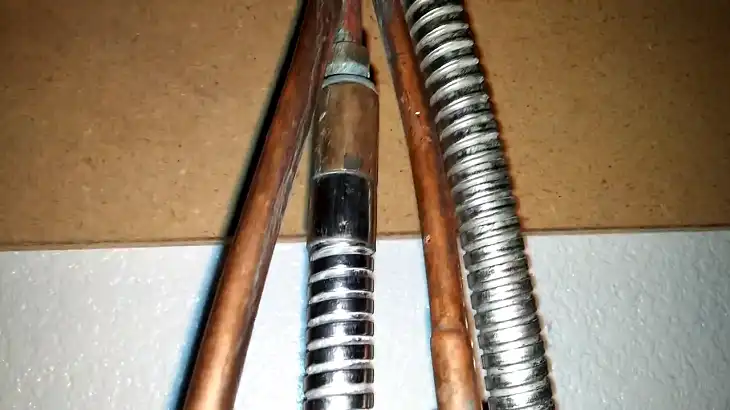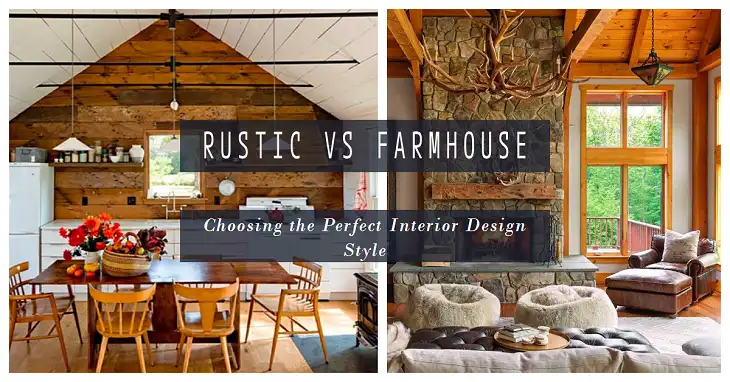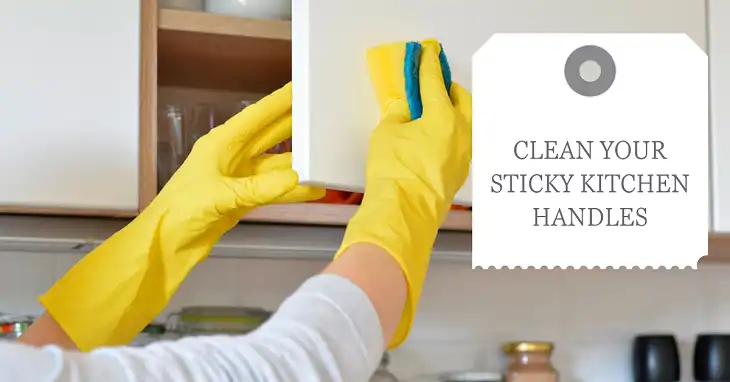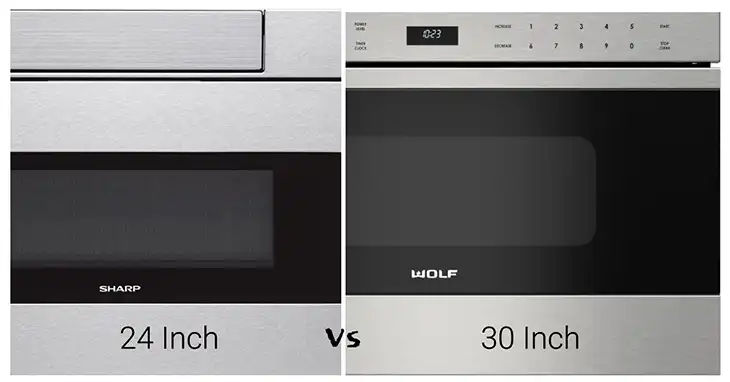How to Clean Knotty Pine Cabinets?

Knotty pine cabinets add a warm, rustic charm to kitchens, but keeping them clean can be challenging due to their unique wood grain and finish. Grease, dust, and food residue tend to settle in the crevices, making regular maintenance essential. In this article, we’ll walk you through the best methods to clean your knotty pine cabinets without damaging the wood. From everyday cleaning routines to deeper scrubbing, these tips will help you keep your cabinets looking beautiful and fresh.
Why Regular Cleaning is Important for Knotty Pine Cabinets
Regular cleaning not only preserves the beauty of your knotty pine cabinets but also prevents buildup that can dull the finish or damage the wood over time. Unlike other wood types, knotty pine has a more porous surface, which means it’s more prone to absorbing stains and moisture. A consistent cleaning routine will keep your cabinets looking new and ensure their longevity.
Supplies You’ll Need
Before diving into the cleaning process, gather these supplies:
- Microfiber Cloths: Gentle on wood surfaces and highly absorbent.
- Mild Dish Soap: Ideal for breaking down grease without harming the finish.
- Warm Water: Helps in loosening up dirt and grime.
- White Vinegar: Natural disinfectant that helps cut through grease.
- Olive Oil or Lemon Oil: To restore shine and condition the wood.
- Soft-Bristled Brush or Toothbrush: Useful for scrubbing tough spots or intricate details.
- Wood Cleaner (Optional): Choose a wood-specific cleaner for a deep clean.
Step-by-Step Guide to Clean Knotty Pine Cabinets
1. Dust the Surface First
Begin by removing dust and loose debris. Use a dry microfiber cloth to gently wipe down the cabinet surfaces. Pay attention to corners and crevices where dust tends to settle.
2. Create a Mild Cleaning Solution
Mix a few drops of mild dish soap with warm water in a bowl. If your cabinets have heavy grease buildup, add a tablespoon of white vinegar to the solution. Avoid harsh chemicals as they can strip the wood’s natural oils.
3. Wipe Down the Cabinets
Dampen a microfiber cloth in the soapy solution and wring out excess water. Wipe down the cabinets using gentle, circular motions, focusing on high-touch areas like door handles and around the knobs. Be careful not to soak the wood as too much moisture can warp the pine.

4. Scrub Stubborn Stains Carefully
For stubborn spots or sticky residues, dip a soft-bristled toothbrush into the cleaning solution and gently scrub the area. Work slowly to avoid scratching the wood or damaging the finish.
5. Rinse and Dry
Once you’ve cleaned the cabinets, rinse the cloth in clean water and wipe down the surfaces again to remove any soap residue. Immediately follow up with a dry cloth to remove moisture and prevent water spots.
6. Restore Shine and Protect the Wood
To enhance the natural beauty of knotty pine, apply a small amount of olive oil or lemon oil to a clean cloth and lightly rub it onto the cabinet surfaces. This step helps restore shine and protects the wood from drying out.
7. Polish for a Finishing Touch
If desired, use a wood polish specifically formulated for pine to give the cabinets a final layer of protection. Apply the polish according to the manufacturer’s instructions and buff with a soft cloth.
Tips for Maintaining Knotty Pine Cabinets
To keep your knotty pine cabinets looking their best:
- Clean Spills Immediately: Wipe up spills as soon as they happen to avoid staining or damaging the wood.
- Avoid Abrasive Cleaners: Steer clear of steel wool, scouring pads, or any abrasive cleaners, as they can scratch the surface.
- Use a Dehumidifier: If you live in a humid environment, consider using a dehumidifier in the kitchen to reduce moisture and prevent wood warping.
- Reapply Finish Periodically: Depending on your kitchen’s usage, reapply a protective finish or polish every 6–12 months to maintain the wood’s luster.
Frequently Asked Questions (FAQs)
1. Can I use vinegar to clean knotty pine cabinets?
Yes, but use it sparingly. Vinegar is an excellent natural cleaner and degreaser, but it should be diluted with water to avoid stripping the wood’s finish.
2. How do I get rid of sticky residue on my cabinets?
Mix a solution of equal parts vinegar and water, then apply it to the sticky areas using a soft cloth. Gently rub the spot until the residue lifts. For more stubborn spots, try using a few drops of dish soap in the mix.
3. What should I do if my cabinets look dull?
If your cabinets appear dull, try applying a wood conditioner or oil specifically made for pine. This will help restore moisture and shine to the wood.
4. How often should I clean my knotty pine cabinets?
For optimal maintenance, lightly clean your cabinets every week, and do a more thorough cleaning at least once a month.
5. Can I use a steam cleaner on knotty pine cabinets?
No, steam cleaning can force moisture into the wood, causing it to swell and potentially damage the finish.
Final Thoughts
Knotty pine cabinets add character and elegance to any kitchen, but they require a bit of extra care to keep them looking their best. By following these simple steps and incorporating regular maintenance into your cleaning routine, you can ensure your cabinets stay beautiful for years to come. Just remember to use gentle cleaners, avoid excess moisture, and give the wood some love with occasional conditioning.
By adopting these practices, you’ll keep your knotty pine cabinets in pristine condition, maintaining the warmth and charm they bring to your home.





